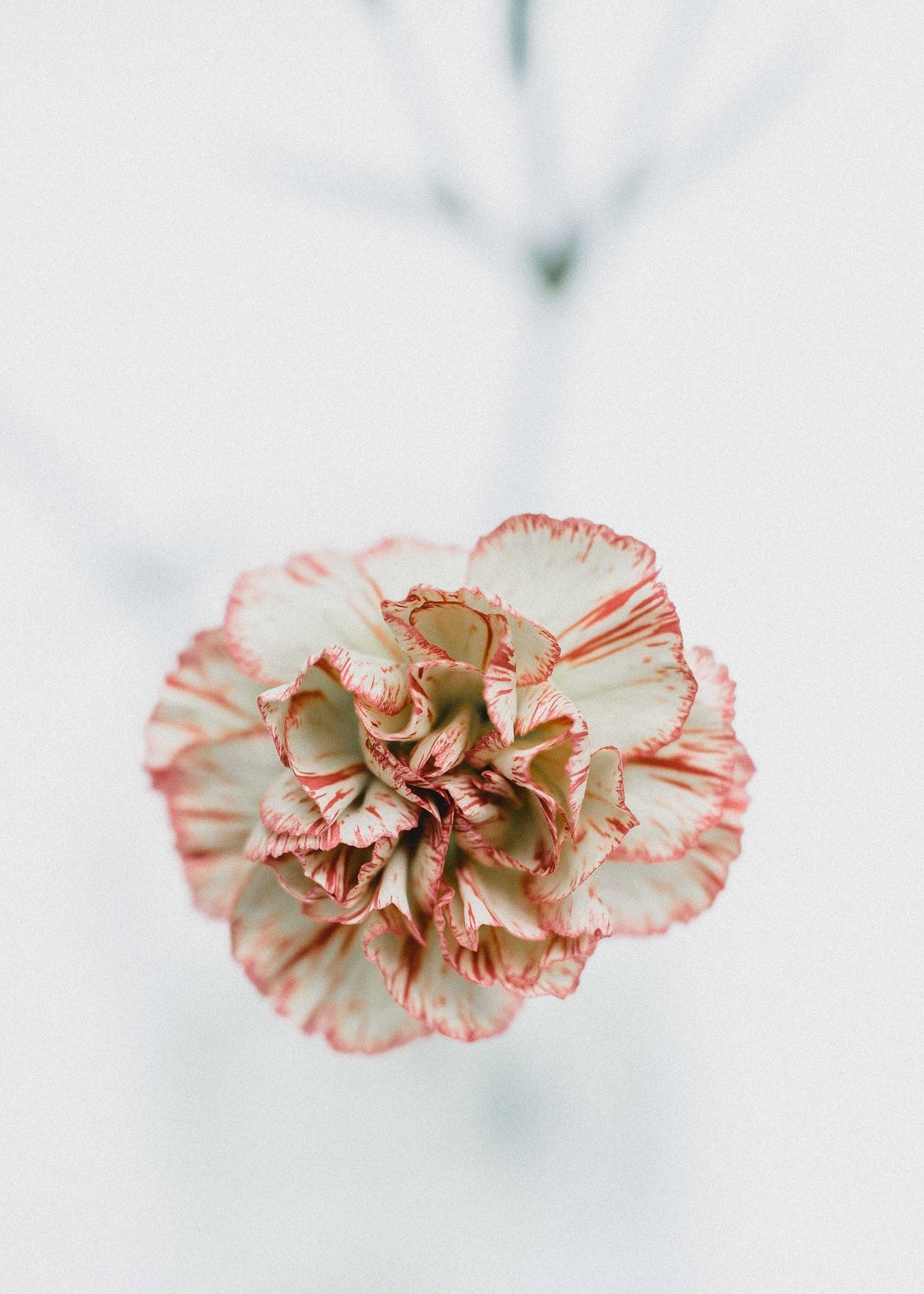
Macro Photography Tips
Written by Daven Mathies
This Thursday, Friday, and Saturday, we’re going to be down at the Wooden Shoe Tulip Festival for some macro photography workshops with Canon and Nikon. As such, we figured it would be a good idea to offer a brief primer on macro photography techniques.
Use a tripod!
For reals, use a tripod. A tripod will take approximately 94.7% of the frustration out of macro photography. Close-up images are particularly sensitive to camera shake, and a tripod is the best and most flexible way to ensure your images come out sharp.
Stop down, way down.
You might be thinking that f/5.6 or f/8 offers sufficient depth of field for most photographs, but that’s not true for macro shots! Even if you want a shallow depth of field, you will likely need to stop down much farther than you normally would for, say, a portrait. This is because depth of field becomes incredibly narrow when working at macro distances. To keep everything in focus, don’t be afraid to shoot at apertures as small as f/22 or smaller!
Live view and manual focus are actually useful here.
Focusing manually eliminates the potential for your camera’s autofocus system to miss focus by a hair’s width, which can ruin an otherwise perfect macro shot. By using live view, you can easily zoom in on the image to finely tune your focus before you take the shot. Live view is also a great way to preview your depth of field.
Collapsible reflectors are also great for blocking wind.
Small, hand-held, fold-out reflectors are great for adding some light to your macro subject, but they also have another use that is specifically helpful in photographing flowers: as a wind-blocker. Even a slight breeze can make framing and focusing a macro shot so difficult that you’ll want to give up. Use a reflector to protect your subject from the wind, and things will be much easier. Better yet, have a friend hold it for you!
